8. Raiders of the Lost Ark
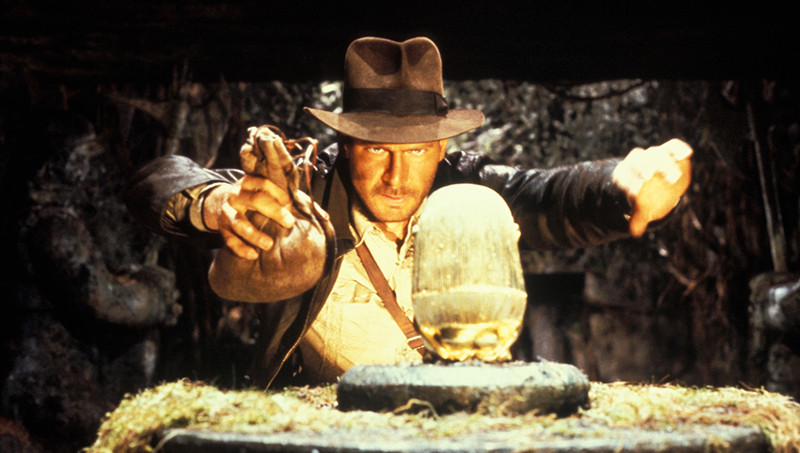
By now the action genre had established itself into several major sub-genres, each with their own brief period of fame before fading into relative obscurity, waiting to peak again at the right time. By now a generation of filmmakers had watched and studied almost every classic film thy could get their hands on and had entered the industry themselves and when two of those filmmakers, Steven Spielberg and George Lucas, collaborated together to delve into the action genre, the result was an action masterpiece and the perfect post-modernist adventure film.
Raiders of the Lost Ark was conceived as a homage to classic adventure serials of the 1930s yet along the way it gathered features from other genres from westerns (with one stunt directly imitating one from Stagecoach, but replacing the horse drawn coach with a Nazi truck) to film noir (look carefully, it’s in there) and a few nods to Kurosawa as well as a dozen other tiny facsimiles of techniques that Spielberg and Lucas had picked up in their admiration for film.
Even the titular character himself embodied the characteristics of different leading men as Harrison Ford exuded traits of John Wayne, Steve McQueen and everyone in between (assuming they’re the two ends of the spectrum I just made up).
The result was that this action film no longer had to draw boundaries of distinction between high and low art and was a homage to multiple genres, an ideal action film for a media saturated age. Additionally, Raiders of the Lost Ark established a trait that would continue to define action up to today, by making the protagonist a rollercoaster car who would race the audience through various exciting scenarios.
9. The Terminator
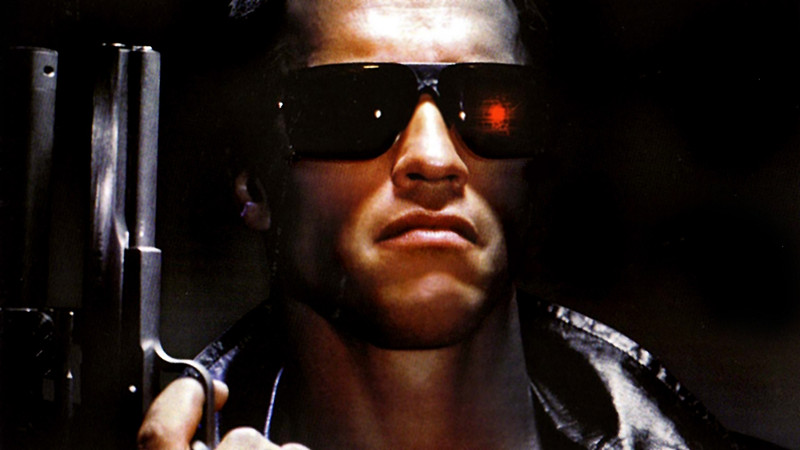
The 1980s were defined by excess and that was most definitely reflected in the action movies of the decade. They were often permeated with large scale conflicts, masculine ideologies and leading men that matched both of those attributes. One in particular was of course a seven times Mr Olympia Arnold Schwarzenegger, he and others alike loomed on screen as seemingly indestructible mechanisms. Hence the premise for the 1984 classic, The Terminator.
It embodied most of the traits exhibited by action stars of this era, muscle bound, testosterone filled giants that regularly performed amazing feats of strength and ability. Not only that, but The Terminator was one of the best examples of an underdog of a movie triumphing against the odds. Having been filmed with a relatively small budget compared to most action film of the time and with little to no financial backing from major studios as well as frequently employing guerrilla tactics of filmmaking, it was a huge surprise to virtually everyone (even James Cameron) when the film became a massive success.
Therefore the concept of building your action film on a minor budget became a tempting idea for some studios in order to further their own income, acting as another inspiration for multiple independent filmmakers within the western world and beyond. As well as that The Terminator was considered refreshing in its pacing as it took the rollercoaster concept and condensed it even further to heighten the speed of the film. Amid all of this it may be easy for the action to be lost within this fast plot, but they still contained the same amount of innovation and originality that any other film of the era would and still hold up to this day.
10. The Killer
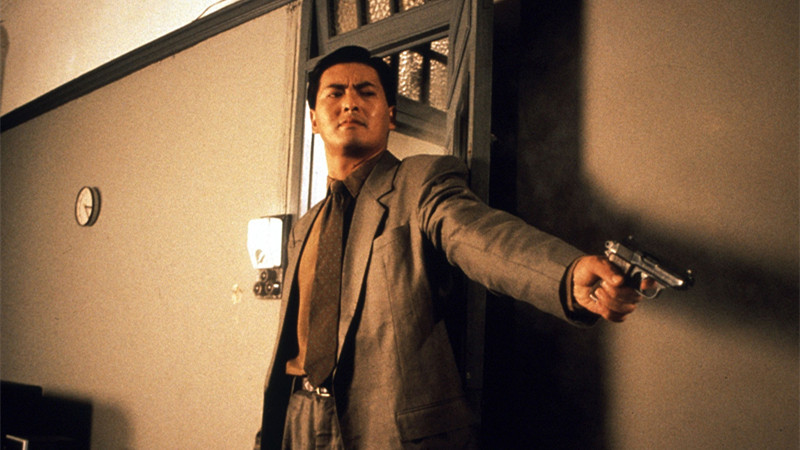
The age of homage carried itself well across all continents genres of action, as proven by John Woo’s The Killer which, according to the director, was made as a tribute to Jean-Pierre Melville and Martin Scorsese. Despite not being an immediate success in its home of Hong Kong, The Killer became a massive success with western audiences and became a stepping stone not just for Woo but dozens of other foreign filmmakers to start making mainstream action films with Hollywood and other American studios.
Like other action movies of the era it was a genre mashup that exquisitely blended its action with its artistry and defies all attempts of categorization. However, this being John Woo, everything is turned up to eleven. The hyper-stylised nature of The Killer risks being laughable at times but by ensuring that the entire film is permeated with the extravagant action scenes, velocity driven violence and overexcited sense of excitement he gives the film a sense of consistency and therefore even the most eccentric moments are made believable in this world.
It also helps that The Killer is far more psychologically complex than most thrillers of that era, focussing much more on the character’s motivation and principles than many mindless action films would, highlighting themes of alienation and a sense of morality. It’s a film that has gone on to influence the likes of Luc Beeson, Quentin Tarantino and Robert Rodriguez in the process.
11. Die Hard
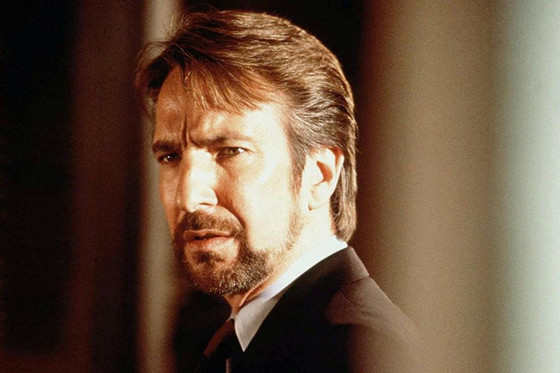
The action heroes that saturated the 1980s may have been the living embodiment physical toughness, they were often difficult to relate to, where was that representative and applicable action hero? It was with Die Hard in 1988 in which Bruce Willis made up for his lack of physical stature (he’s still no slouch mind) with his captivating charisma and endless likability.
As opposed to being a former athlete or body builder, Willis was receiving second billing to Cybil Sheppard in the ABC drama Moonlighting, so going in to the role he was not exactly seen as the embodiment of testosterone. But this actually played perfectly to the themes of Die Hard in which John McClain is repeatedly emasculated within the films first twenty minutes, summarised by his wife sending a limo to pick him up and being comfortable socialising with millionaires and working as a key player in an international business company. This established McClain as an underdog from his relationship with the bad guys to his relationship with his wife.
In fact when one generalises that concept and applies it to the film in its entirety, one can almost describe Die Hard as the 80s action film in which every character in flawed in a humane way. As well as the hero’s flaws (both emotional and physical) we see the villain motivated not by some noble or just cause like revenge or politics, simply greed. Upon arriving at the scene the police officer fails to notice a crime taking place before crashing his car in a blind panic and when the FBI turn up their male ego nearly result in disaster as their plans are exactly what Hans Gruber predicted they would be.
12. Terminator 2: Judgement Day
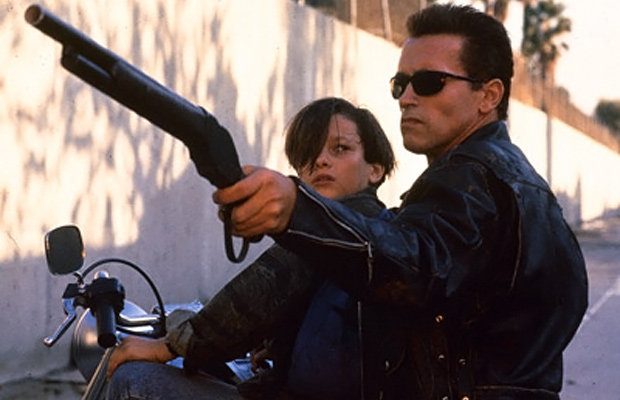
Before we talk about the obvious way in which James Cameron’s sequel changed the action genre forever, first let’s delve into the more immediate impact the movie had. Just by being a success in the first place, Terminator 2 re-established the franchise sense of reasoning in which if something is successful the first time it can be even more successful the second time, hence the 1990s were marked by waves of sequels and reimagining’s, in which formulas that were proven to be successful were adopted into different scenarios.
Even Judgement Day was attempting to imitate other successful films of the era. As well as basically just adopting the plot of the first film with a bigger budget (although to be fair the plot of Terminator 2 was the original plot of The Terminator, but financial restrictions made Cameron resort to including just one android) but it also wanted to establish Arnie as the relatable hero, which in contrast to everything he had done on screen before, he pulled off perfectly. It was written to build on his existing attributes.
But of course, Terminator 2 represented a breakthrough in computer generated imagery, including the first use of natural human motion for a computer-generated character and the first partially computer-generated main character. The use of such technology was the most ambitious since the 1982 science fiction film Tron, and would be integral to the critical success of the film. It proved to be so effective that the visual-effects team was awarded the 1992 Academy Award for Best Visual Effects.
13. The Matrix
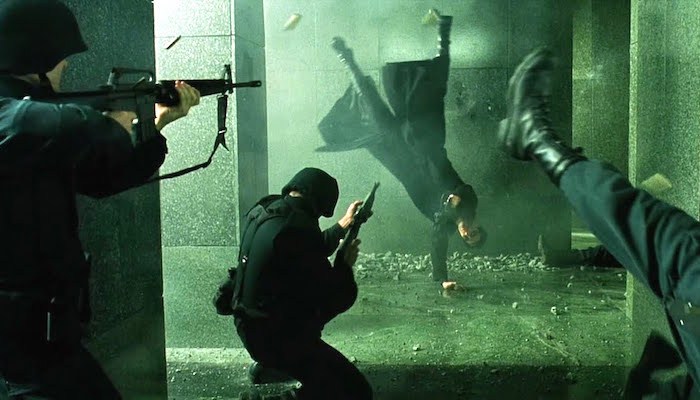
The visual effects that were pioneered in Terminator 2 would reach a new level expertise in terms of their execution within 1999’s The Matrix. It used the CGI to an even greater extent and blended it with reality even more seamlessly and it allowed action movies to break out of the unoriginality that dominated the decade. It allowed unimaginable stunts to become normality and allowed the more relatable hero to become the last hope for humanity with astonishing expertise in the martial arts and intricately choreographed gunplay to be his weapons.
Among the many innovative effects were some that are still associated with The Matrix to this day for popularising it. The visual effect in question is of course “bullet time”, in which the heightened perception of certain characters is represented by allowing the action within a shot to progress in slow-motion while the camera’s viewpoint appears to move through the scene at normal speed. For a movie to leave such an impression that its technique is so heavily associated with it is an impressive feat.
The Wachowski’s action film also represented another change within the genre that actually dates back to 1981, but was reinvigorated here, the homage. The Matrix amalgamated mind bending science fiction with traditional shoot outs, the texture of a neo-noir style thriller and fights comprised of superbly composed martial arts. It was yet another genre mash-up that summarised various tropes that came before it and used those tropes to appear more original and innovative, that is by no means a criticism as it was in fact genius.
14. The Dark Knight
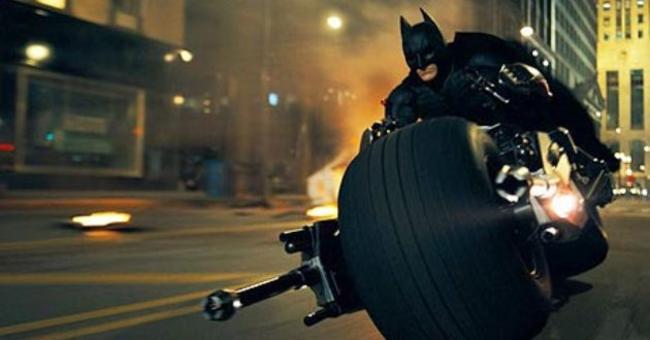
The superhero genre heralded the next sub-genre of action from which viewers would derive their exciting entertainment, and though Tim Burton and Sam Raimi did a great deal to strengthen the genre’s reputation among the average movie goer’s mind, it was Christopher Nolan’s Batman flick that finally gave the genre widespread credibility to such an extent that it was considered a surprise when the Academy didn’t award the film with a nomination in the Best Picture category.
Where does the success lie, perhaps due to the fact that in many core aspects The Dark Knight is not a superhero film? In many respects it is a tightly constructed thriller that just happens to be populated with superheroes, and even those superheroes themselves are complex and compelling characters. It may be a more accurate description to say that The Dark Knight is a crime drama disguised as a superhero movie. It is not filmed like a comic-book movie, adopting the style of something much darker and grittier.
It is also far more complex, delving into the psychologies of its characters and heightening the sense of tragedy within the events that unfold, not quite the mindless entertainment audiences had come to expect with superhero movies (not to say all movies of the genre that proceeded it were shallow, but in the minds of many unexperienced audience members, that’s what they were).
It questioned the boundaries between heroes and villains and ultimately became a contemplative view on the whole concept of a hero. The Dark Knight managed to legitimise comic book movies in the minds of the average audience and became the first to gross over a billion dollars, making it a financially viable market and today our summers are dominated by Marvel and DC.
15. Mad Max: Fury Road
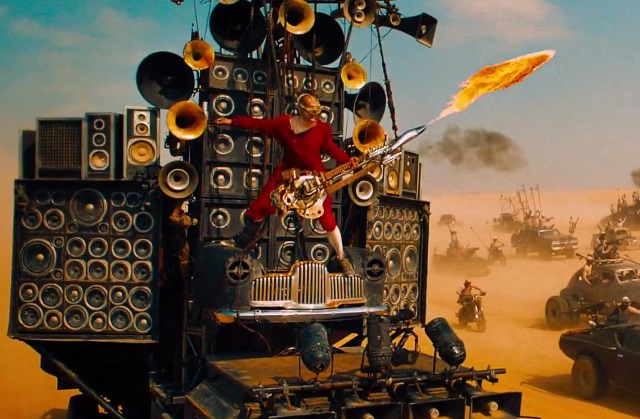
As the age of CGI expanded, more and more of the action we were witnessing became artificial and as we became more perceptive to the technological interference we as an audience found ourselves distracted from the essence of an action movie. Furthermore in an effort to replicate The Matrix, convoluted and overly complex plots became a normality for action films and while that was not always a bad thing, some filmmakers went too far to try and appear clever and once they failed it came across as stupidity.
Of all the people to solve this problem it was George Miller, a man who made his name off simplistic effects and plotting (not meant as an insult). Miller stripped down the more contrived elements of the action genre and simply told the story at its most basic level, and before you start criticising Fury Road for lacking plot may I redirect your attention to previous entries on this list such as Stagecoach, Raiders of the Lost Ark and Die Hard as putting their focus on character rather and thrills rather than bothering with an overly contrived narrative.
What Fury Road lacked in plot it more than made up for with its practical effects. The world Miller created became so visceral and realised that one is never under an illusion of action, we are watching real action unfold in unrestrained glory on screen. The film also has the added bonus of helping to further establish the long-past overdue role of a female action hero, enough to anger dozens of masculine bloggers who screamed ‘feminist propaganda’!
Though it may be easy to criticise Fury Road for its plotting it seems derivative, as the action genre as always been about (as the name suggests) the action. It is made more complex by the detail of the visuals and the depth of its characters, as all great action movies have and will hopefully continue to do so.